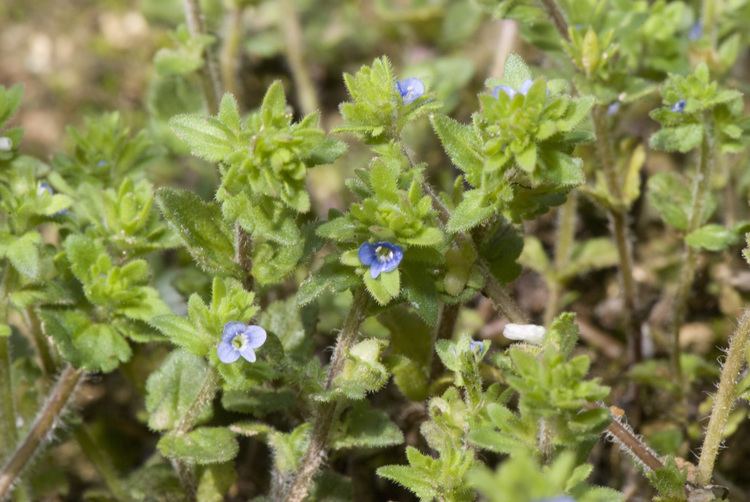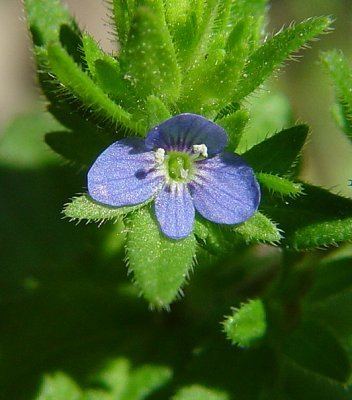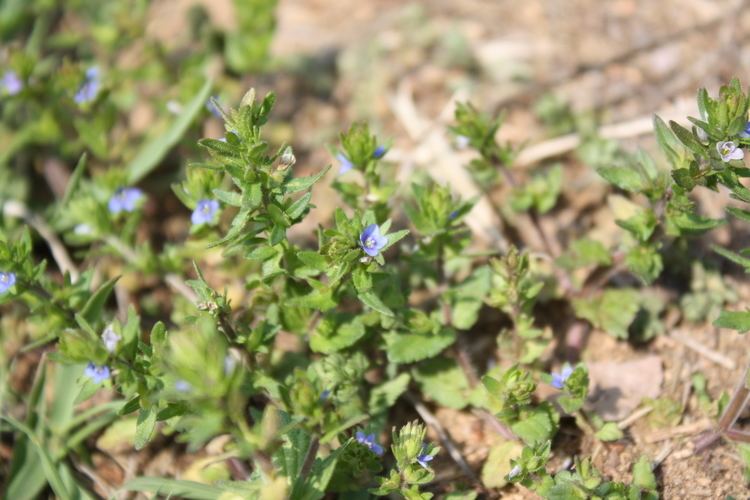Rank Species | Genus Veronica Higher classification Speedwell | |
 | ||
Similar Speedwell, Veronica persica, Veronica hederifolia, Veronica polita, Veronica serpyllifolia | ||
Veldereprijs veronica arvensis 2016 05 28
Veronica arvensis (common names: wall speedwell, corn speedwell, common speedwell, rock speedwell, ) is an annual flowering plant in the plantain family Plantaginaceae. The species is a native European plant and a common weed in gardens, pastures, waste places and cultivated land.
Contents
- Veldereprijs veronica arvensis 2016 05 28
- Octonary ingredients of veronica arvensis formulations pankaj oudhia s medicinal plant database
- Description
- Distribution
- Growth
- Uses
- References

Octonary ingredients of veronica arvensis formulations pankaj oudhia s medicinal plant database
Description

It is a hairy, erect to almost recumbent, annual herb, 9 to 40 cm high from a taproot. The leaves are oppositely arranged in pairs about the stem. The lower leaves have short petioles; the upper are sessile. Each leaf, 1.5 to 2.5 centimeters in length, is ovate, or triangular with a truncated or slightly cordate base, with coarse teeth. Borne in a raceme, initially compact but elongating with age, the flowers are pale blue to blue-violet, 2 to 3 mm in diameter, four-lobed with a narrow lowest lobe. Flower stalks are 0.5 to 2 mm and shorter than the bracts. The fruit capsules are heart-shaped and shorter than the sepal-teeth. It flowers from April to October.
Distribution
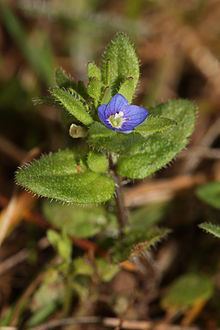
It is a noxious weed, common in gardens, pastures and waste places. It is native to Africa, Asia and Europe.
Growth
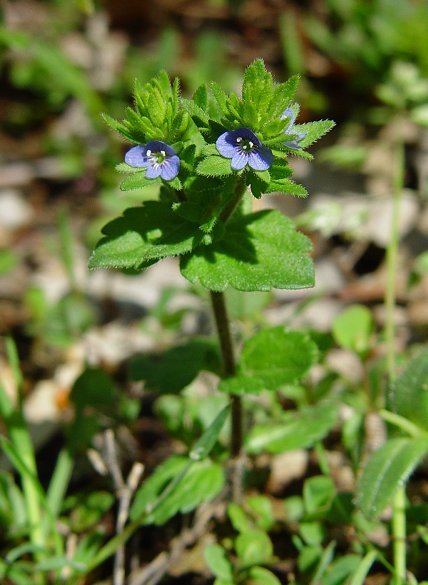
V. arvensis plants go through changes in their germination due to temperature and light, furthermore explaining what controls the timing of growth in buried seed reserves. These weeds tend to germinate in consistent temperature ranges of 10 degrees Celsius to 15 degrees Celsius. If they do not make the first autumn cycle of growth, they can grow in the following spring. Overall, light is a major source to their survival and growth. In other words, they can grow in darkness, however they will remain dormant unless they get light.
Uses
It is a medicinal plant.
